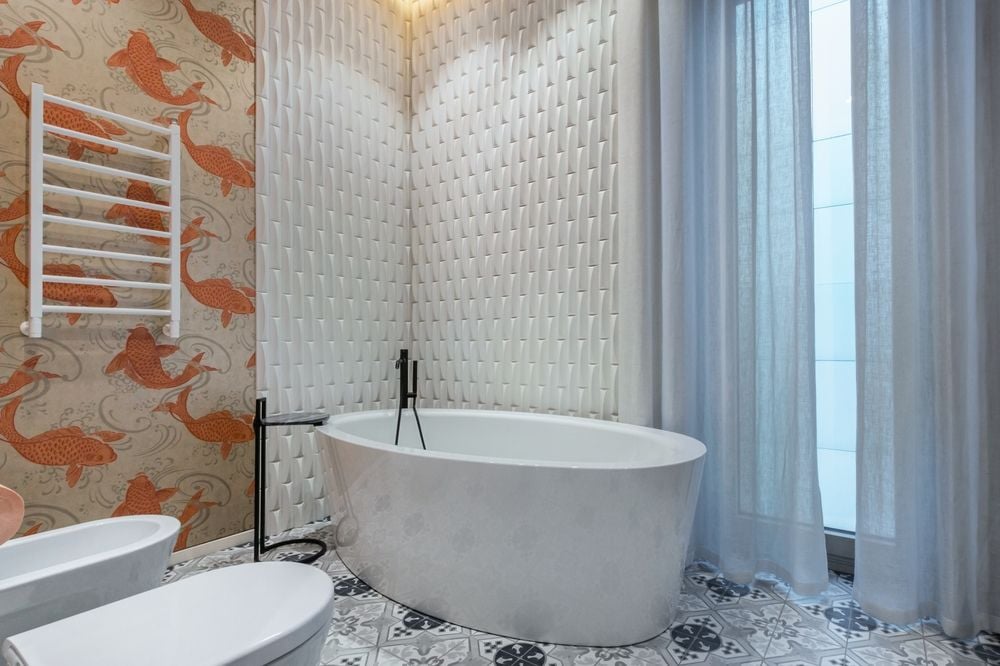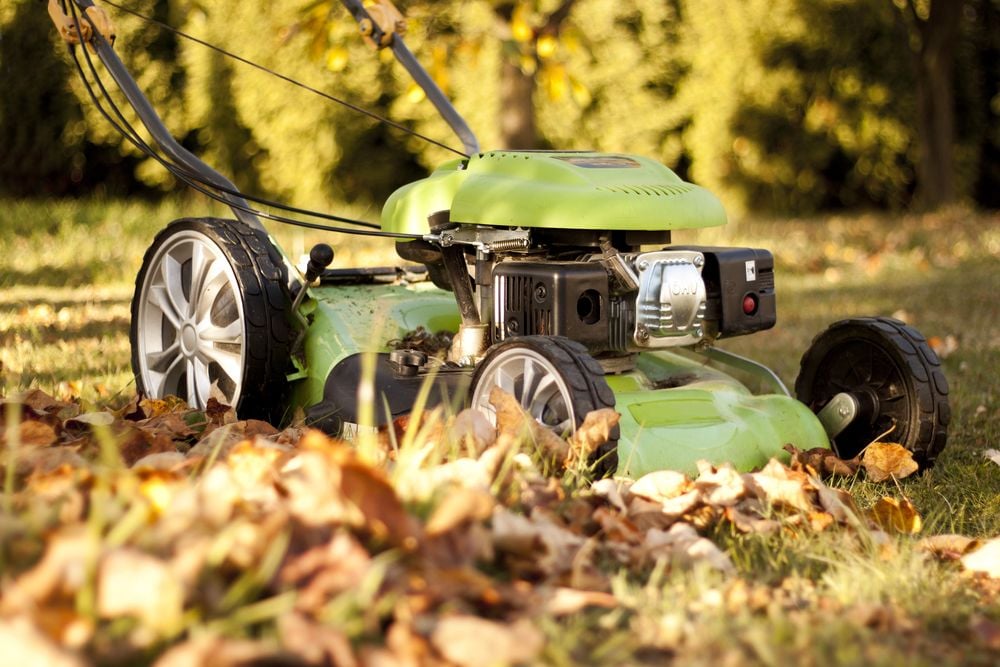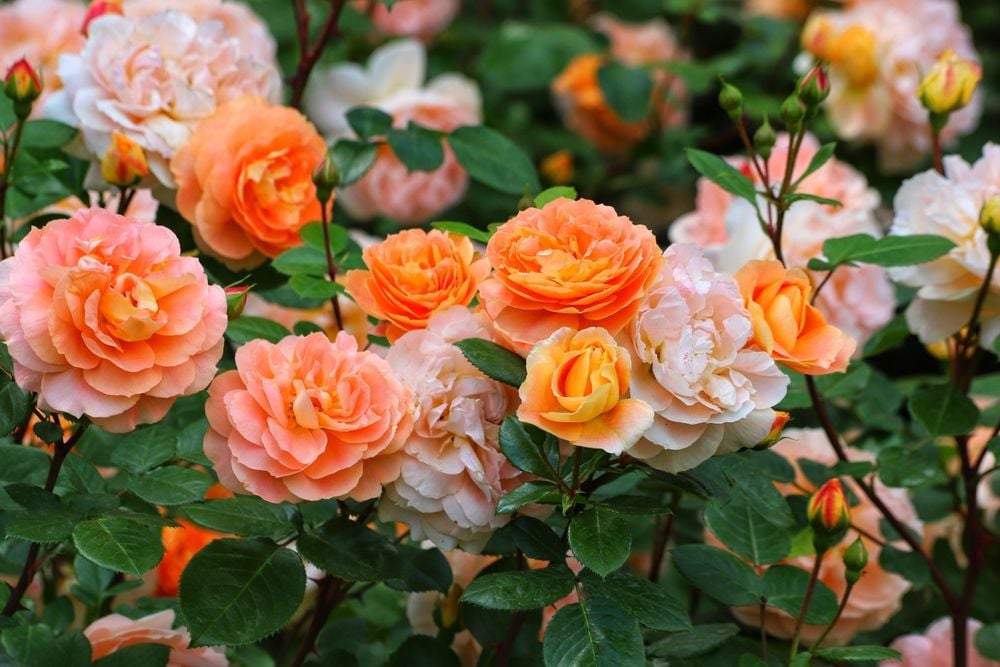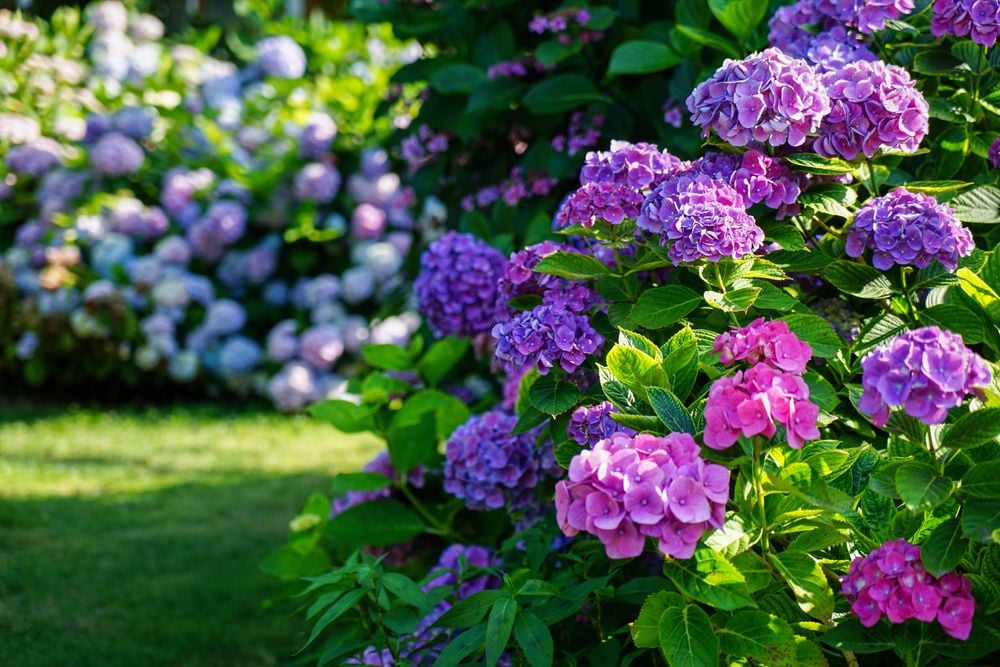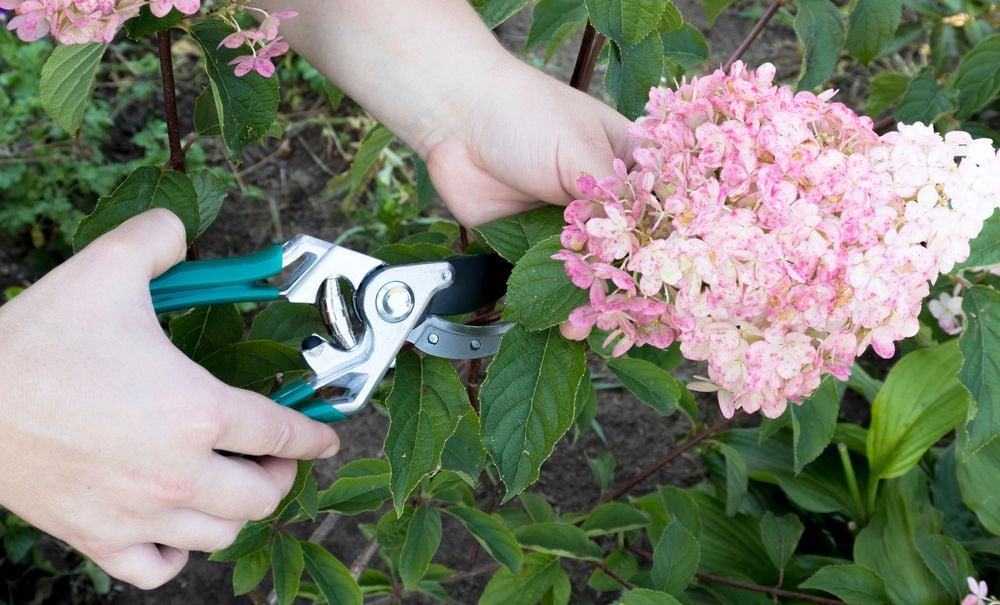
Easy Hydrangea Care: Expert Tips on Proper Watering
- Jun 19, 2025
Despite being one of the most adored plants in the garden due to their grand, spectacular blooms, hydrangeas require meticulous care when it comes to watering. Failing to do so may invite unsolicited pests, diseases, or even cause the flowers to wither prematurely. For those looking to perfect their hydrangea watering routine, gardening experts shared unique insights on how to achieve this.
As a start, hydrangeas generally need about 1 inch of water weekly but this varies for new and established plants. "For newly planted hydrangeas, it's crucial to water frequently and thoroughly to facilitate deep root growth," advises Gail Pabst, a gardener and the National Garden Bureau's marketing director. She suggests watering young hydrangeas every other day and mature hydrangeas once a week.
An effective way to check a hydrangea's water needs is by sticking a finger in the soil and watering when its top inch feels dry. However, Pabst cautions that afternoon leaf wilting in intense sun isn't necessarily a sign of watering need, as leaves tend to recover once the sun sets.
In hydrangea care, other factors additionally play a significant role, such as the age of the plant, soil type, sunlight exposure, temperature, etc.
Hydrangeas favor moist but well-draining soil. The type of soil in your garden determines the watering frequency. Pabst mentions that clay-based soils retain water longer than sandy soils, which drain faster, resulting in different watering patterns. For container-grown hydrangeas, Pabst recommends soil specifically designed for pots.
Exposure to sunlight varies amongst hydrangea varieties, but most flourish in partial sun. Hydrangeas planted in full sunlight will require more frequent watering as the soil can dry quickly, while those in partial shade need less.
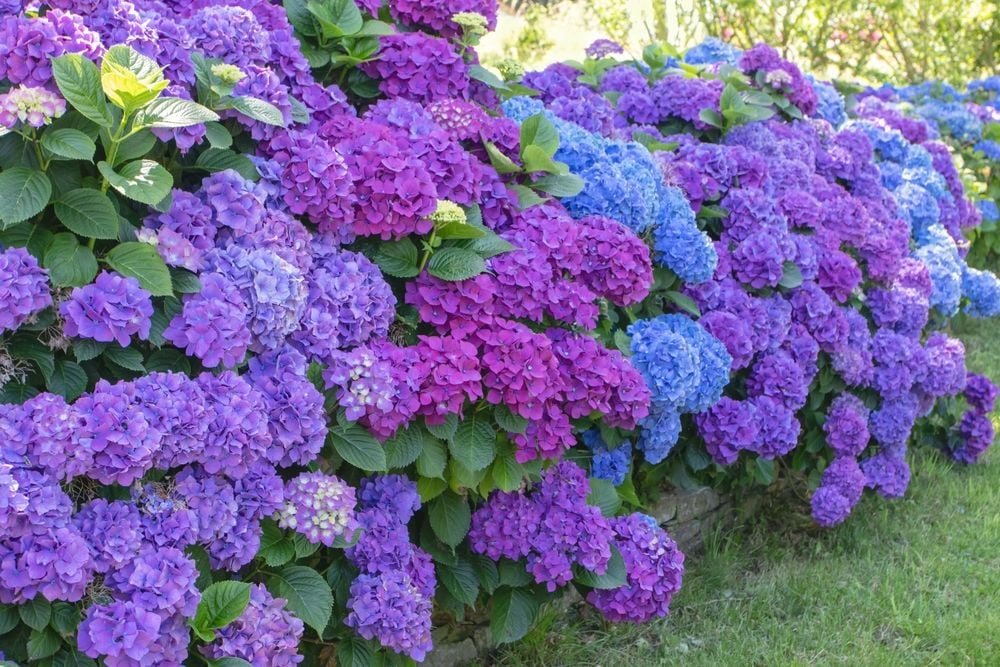
Similarly, seasonal variations can affect the water needs of the plant. During hot summers, the plant may need more watering, often manifested in drooping leaves, than in milder seasons like spring and fall.
"Pots that are bigger tend to retain more moisture, so planting a single shrub in a pot twice the size of its original one should reduce watering frequency," Pabst adds. She also advises selecting a pot with drainage holes to avoid oversaturation.
Overwatering and underwatering both pose risks to hydrangeas. According to Lorraine Ballato, gardener, and author of Success with Hydrangeas, one can use the 'knuckle test' to check the moisture level. "Push your finger into the soil. If it is damp at the second knuckle, you're on the right track. If not, it's time to water," she says. Additionally, continuously drooping leaves, brown flower petals, and yellow leaves pinpoint an underwatered plant.
However, overwatering can invite issues like fungal infections such as powdery mildew and pests like aphids. If hydrangea leaves wilt despite the soil being soaked or in standing water, it's a sign of overwatering.
To ensure proper hydration, hydrangeas should be watered in the morning so the plant’s roots can absorb the water before the daytime heat causes evaporation. If that is not possible, evening watering is the next best time.
Ballato concludes that there is no 'one size fits all' watering rule for hydrangeas. Checking the soil's dryness and adjusting the watering method according to soil type and daily temperature ensures optimal hydration.


